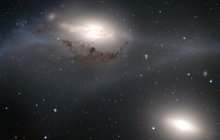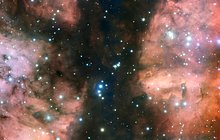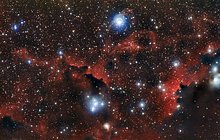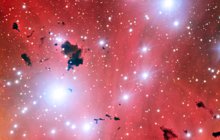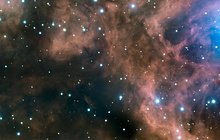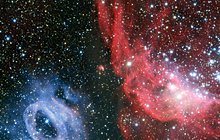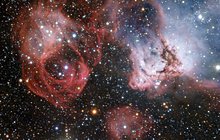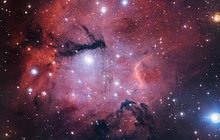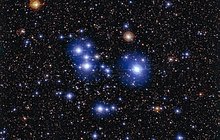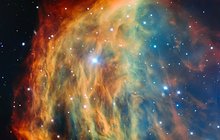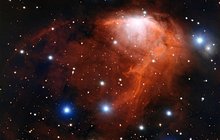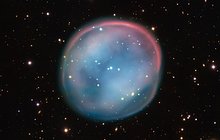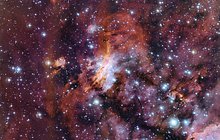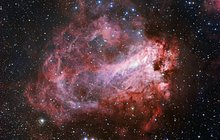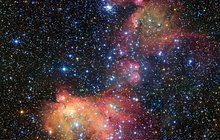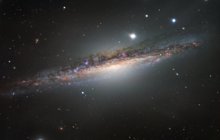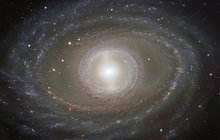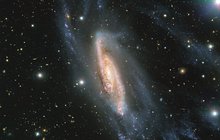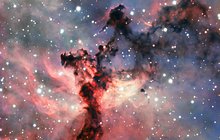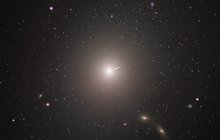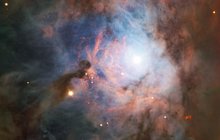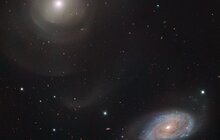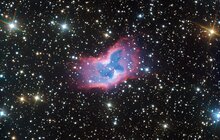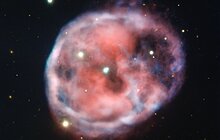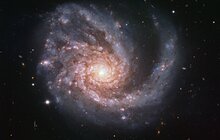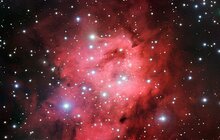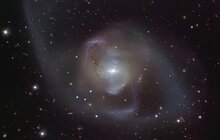ESO holds a leading position in astronomy education and outreach, partly thanks to the steady production of stunning, high quality astronomical pictures. The current standard of quality of the images and the publication rate, together with the current promotion strategy and the promotion of incredible scientific results, have led to a steady increase in ESO’s visibility, and enhanced public awareness of ESO’s highly competent armada of astronomical facilities.
The majority of the published pictures are based on the content of ESO’s Science Archive, where data collected by the organisation’s telescopes are stored. However, ESO telescopes are scientific instruments, so most of the data that they produce are not suitable for the purposes of making colour images. Astronomers at ESO’s Department of Communication (COMM) systematically search the Science Archive, and most of the datasets that could be used for producing colour images have now been published in our online gallery of images.
To keep up the current flow of spectacular astronomical images, periodically released as Photo Releases and Pictures of the Week, COMM decided to launch a new initiative: the Cosmic Gems Programme. This is aimed at obtaining images with the ESO telescopes for the purposes of education and public outreach, and will allow ESO to maintain its world-leading position in this field.
This is a similar strategy to that adopted by the very successful Heritage programme, which has been acquiring spectacular high quality outreach images from the Hubble Space Telescope since 1997.
The first image (eso1131) to come out of the Gems Programme shows a peculiar pair of galaxies — and it is a stunning testament to the optical quality of the VLT and the skies over the Paranal Observatory [1]. The second image is the Lambda Centauri Nebula.
As part of the Gems initiative, ESO’s Director General has granted dedicated observing time for outreach purposes as part of the ESO Director’s Discretionary Time programme. The small amount of time provided is mostly “low-grade time” — when the clouds roll in or there are moonlit skies not requested for science observations, and the telescopes might otherwise be idle. This means that the programme has a minimum impact on scientific observations, but is still capable of producing images of high visual impact.
The instruments and telescopes used as part of this initiative include the VIMOS and FORS2 spectrographs on the VLT at the Paranal Observatory, and the Wide Field Imager on the 2.2-metre MPG/ESO telescope at La Silla.
The objects targeted by this programme are selected from a series of astronomical catalogues and lists of beautiful objects. The team responsible for the project chose the most visually attractive, or particularly interesting or intriguing, objects. Care was also taken to ensure there was no similar image already available in ESO’s outreach archive or from other professional or amateur telescopes.
The images are released to the public as they become available. The data collected are made available to professional astronomers through the Science Archive.
[1] The raw Cosmic Gems data are available at: http://archive.eso.org/eso/eso_archive_main.html, by typing in the program ID — 286.A-5028, 290.A-5186 or 2100.A-5010 — in the corresponding field (top right), and set the "Return a maximum of" to 10000.
The Team
The Cosmic Gems team consists of outreach and imaging specialists, scientists and members of ESO’s Operations team:
Mariya Lyubenova, Department of Communication, project coordinatorMartin Kornmesser, Department of Communication, post production

